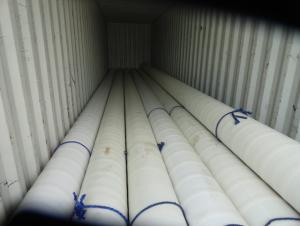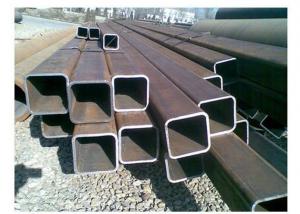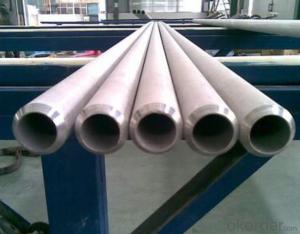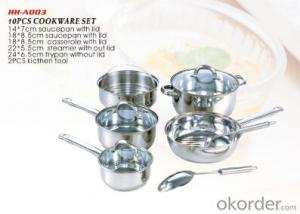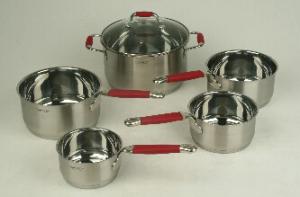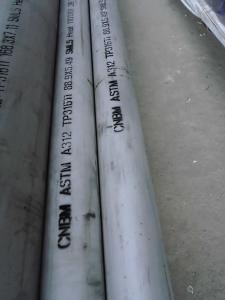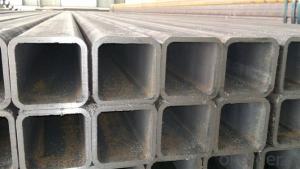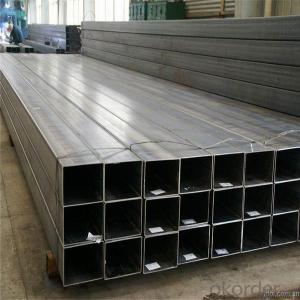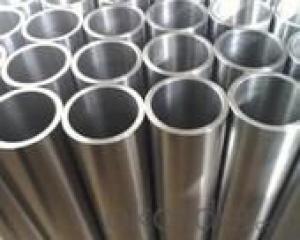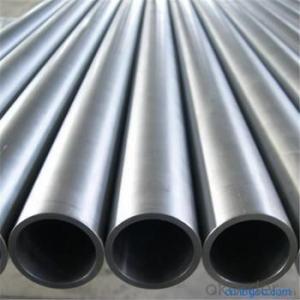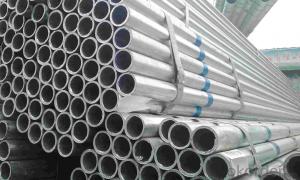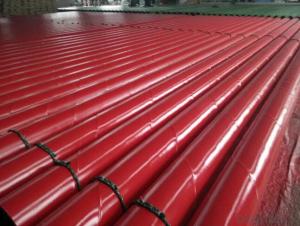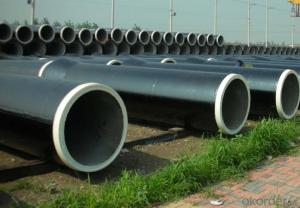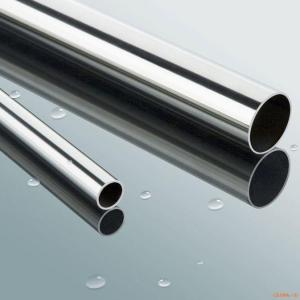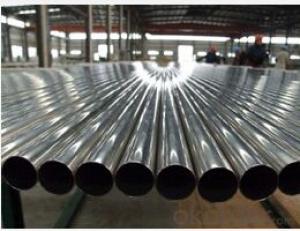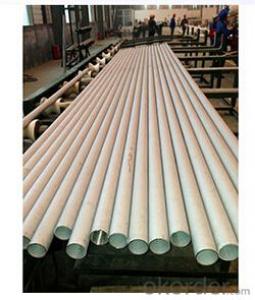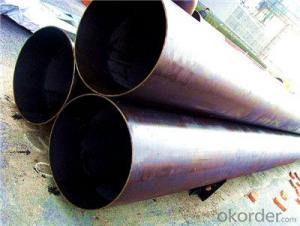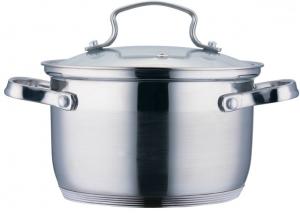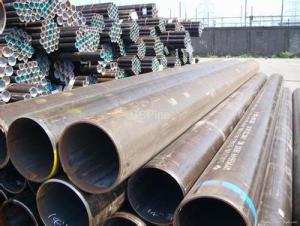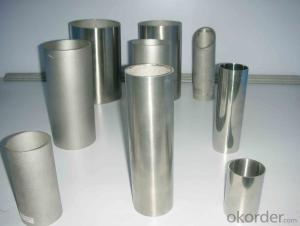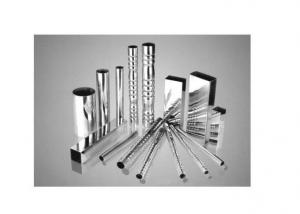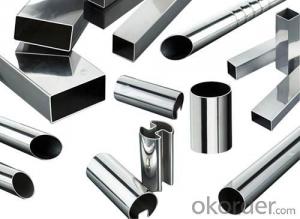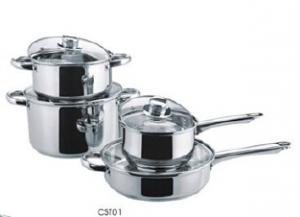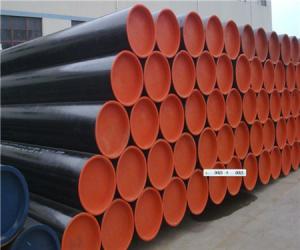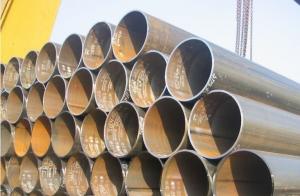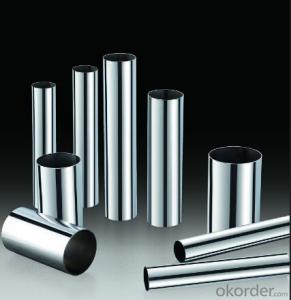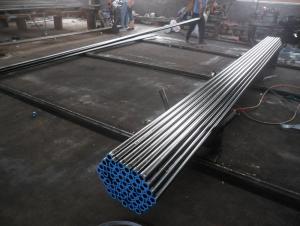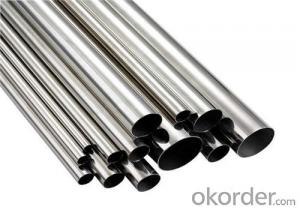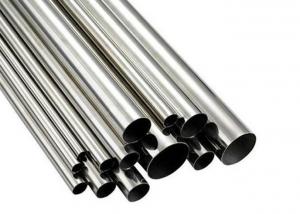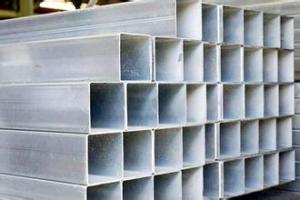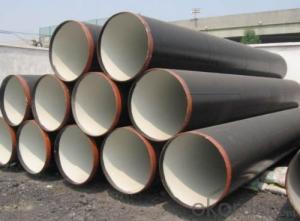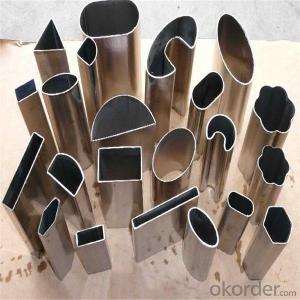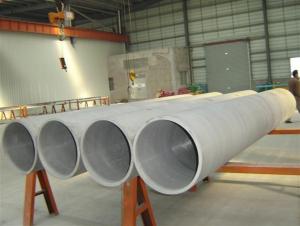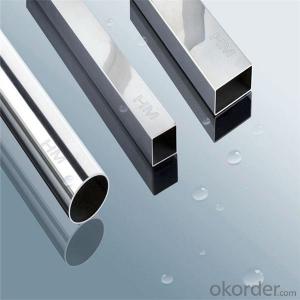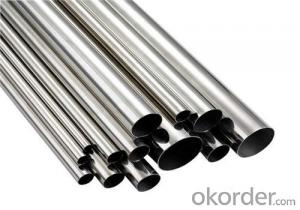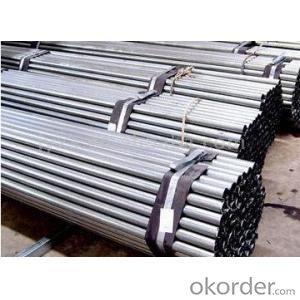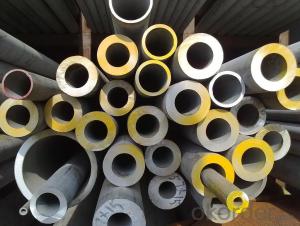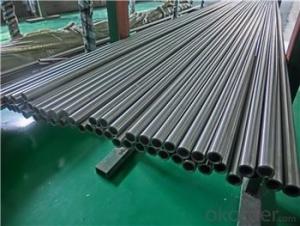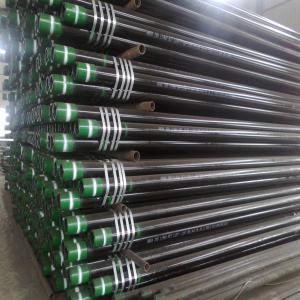3 Stainless Steel Pipe
3 Stainless Steel Pipe Related Searches
3 Inch Stainless Steel Pipe 3in Stainless Steel Pipe 3 4 Stainless Steel Pipe 4 Stainless Steel Pipe 2 Stainless Steel Pipe 6 Stainless Steel Pipe 3/4 In Stainless Steel Pipe 1 Stainless Steel Pipe Stainless Steel Pipes 3 4 Stainless Steel Tubing Stainless Steel Piping 1 2 Stainless Steel Pipe Pipe Stainless Stainless Steel Threaded Pipe Stainless Steel Screen Pipe 1 1 2 Stainless Steel Pipe 304 Stainless Steel Pipe 4 Inch Stainless Steel Pipe Stainless Steel Flue Pipe 2 Inch Stainless Steel Pipe 1 Inch Stainless Steel Pipe Stainless Steel Smoker Pipe Stainless Steel Chimney Pipe 3/4 Stainless Steel Tubing Stainless Steel Pipe Fitting Stainless Steel Tape Stainless Steel Flex Pipe 2 Stainless Steel Tubing Stainless Steel Pipe Clamps Stainless Steel Pipe Flange3 Stainless Steel Pipe Supplier & Manufacturer from China
3 Stainless Steel Pipe, a type of durable and corrosion-resistant metal tubing, is widely recognized for its strength and versatility. This product is crafted from high-quality stainless steel, which ensures its longevity and reliability in various industrial applications. The 3 Stainless Steel Pipe is commonly utilized in sectors such as construction, automotive, aerospace, and food processing, where its resistance to corrosion and ability to withstand high pressure make it an ideal choice. Its usage scenarios include fluid transportation, structural support, and as a component in various mechanical systems, showcasing its adaptability across different industries.Okorder.com, a reputable wholesale supplier, offers an extensive inventory of 3 Stainless Steel Pipe, catering to the diverse needs of clients worldwide. The company is committed to providing top-quality products at competitive prices, ensuring that customers receive the best value for their investment. With a large inventory, Okorder.com is well-equipped to handle bulk orders and deliver 3 Stainless Steel Pipe promptly to meet the demands of various projects and applications.
